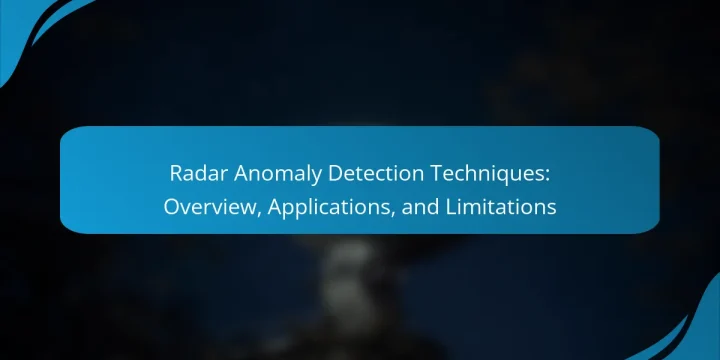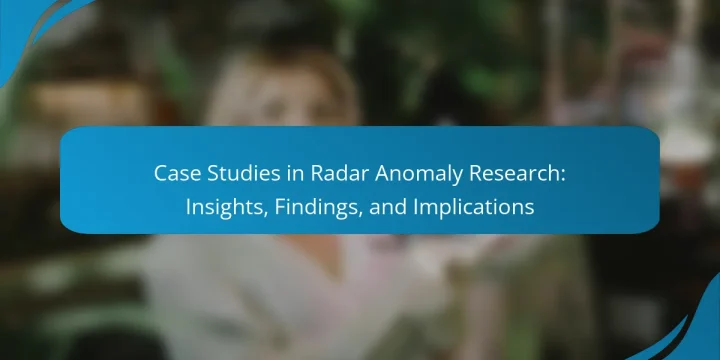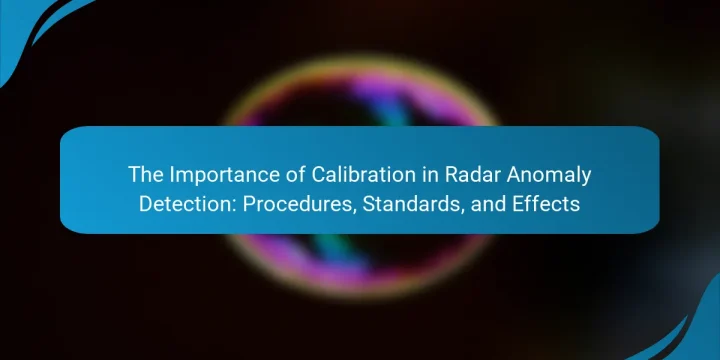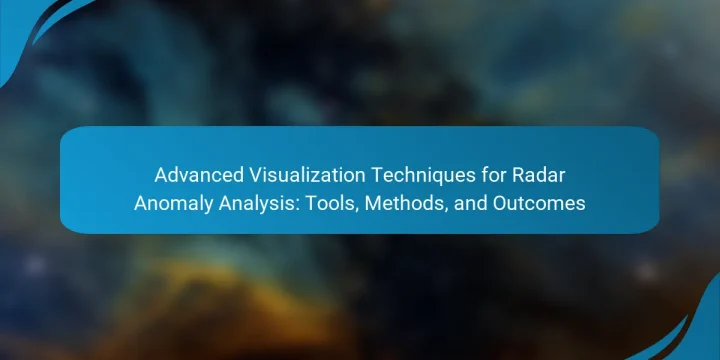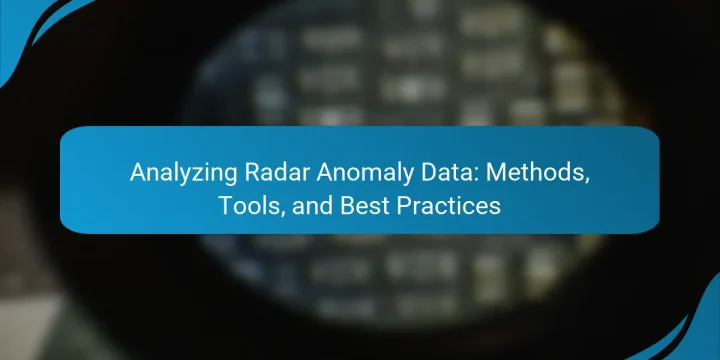
Radar Anomaly Data Analysis involves the examination of radar data to identify unusual patterns or discrepancies that may indicate equipment malfunctions or environmental changes. This article explores various techniques employed in this analysis, including statistical methods and machine learning algorithms, which enhance the accuracy of anomaly detection. Best practices highlighted include thorough data preprocessing, robust algorithm implementation, and continuous model monitoring to improve safety and operational efficiency in fields such as aviation and maritime navigation. Additionally, the article addresses challenges such as data quality issues, complexity of interpretation, and the necessity for advanced algorithms, emphasizing the importance of domain expertise in achieving reliable results. What is Radar Anomaly Data Analysis? Radar Anomaly Data Analysis is the process of examining radar data to identify unusual patterns or discrepancies. This analysis helps…

